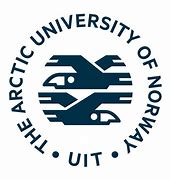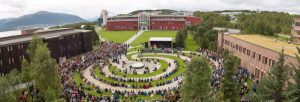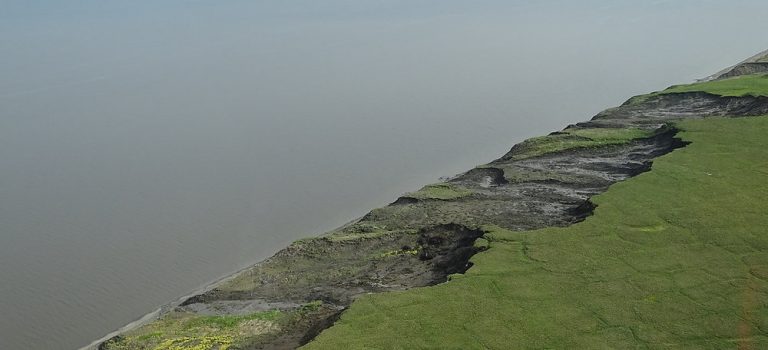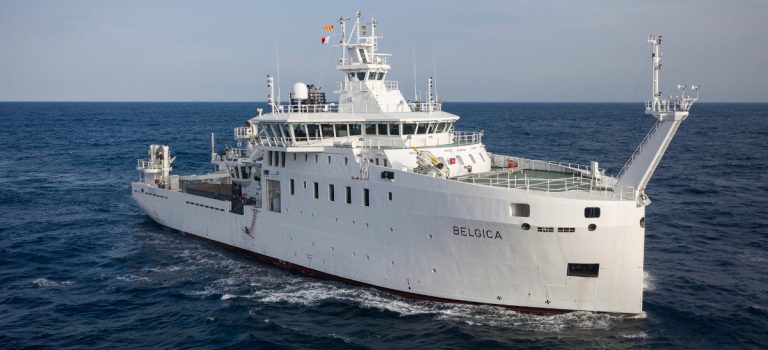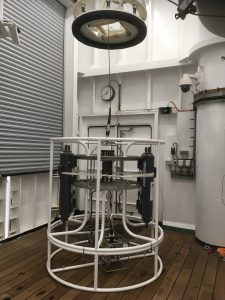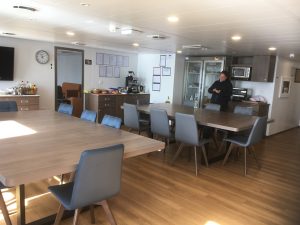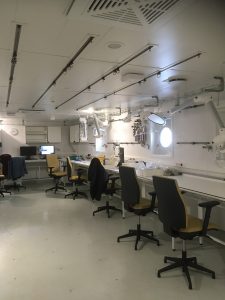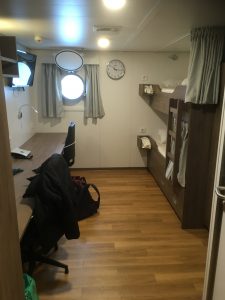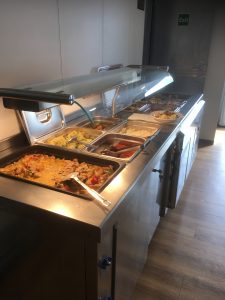BGEOSYS invited PhD student, Emeric Babut du Marès, has been selected to be part of the program “Génération Cryosphère” initiated by “La Fondation Albédo pour la Cryosphère“, CNRS, France.
This unique initiative aimed at supporting a new generation of French-speaking researchers specializing in the study of polar regions and high-altitude glaciers as part of the “Decade of Cryosphere Sciences 2025-2034” decided by the UN General Assembly on 13 August 2024.
In the face of the major environmental challenges posed by the accelerated melting of the cryosphere, it is essential that Francophone research asserts a central place in this strategic field. In this perspective, this program aims to identify, promote and support 16 young doctoral researchers who are promising future scientists by providing them with exceptional opportunities for experience, visibility and immersion in the field.
Beyond the visibility and support that will be offered to the doctoral students, they will participate throughout the month of August on the “One Ocean Expedition” taking them along the North-West Passage aboard the sailing ship “Statsraad Lehmkuhl” from Nuuk to Cambridge Bay.





